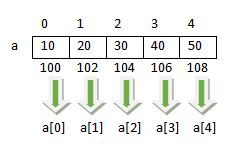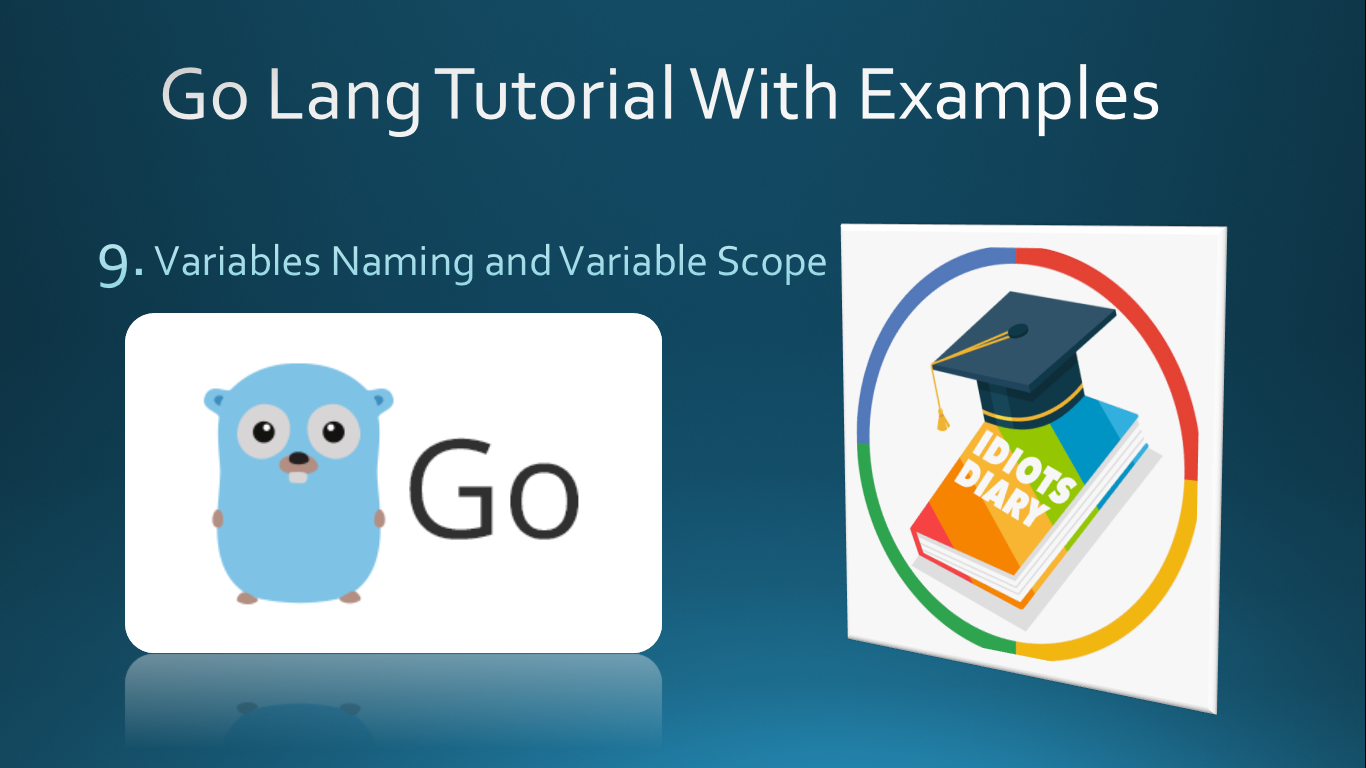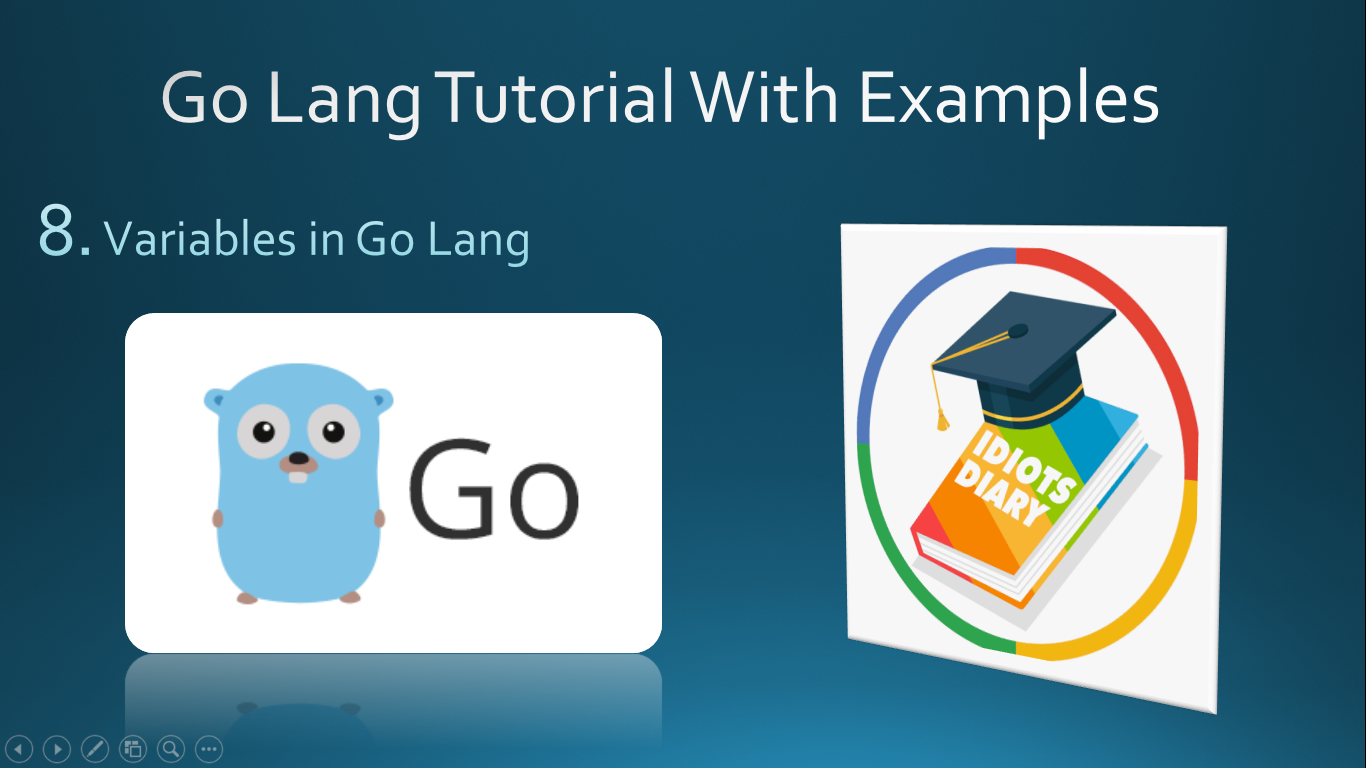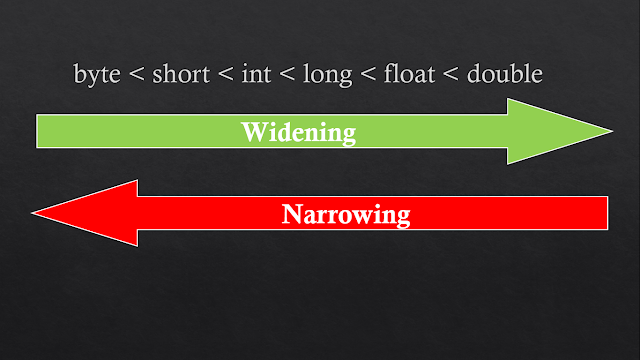Introduction to HTML
- HTML stands for Hypertext markup language.
- It is developed by Tim Berners-Lee in 1991 at W3C (World Wide Web Consortium).
- HTML is used to create web pages.
- A web page is a simple text file, that can be through the browser over the internet.
- A browser is a piece of software that is used to run the web page. popular browsers are
- Google Chrome
- Mozilla Firefox
- Safari by Apple
- Microsoft edge
- Opera
- The latest version of HTML is HTML-5 before that HTML-4.01 is more popular.
- Web pages can be of two types.
- Static web pages
- Dynamic web pages.
- Static web pages are those which can't change automatically, need to change manually.
- For example: if you create a simple text file and write the current date. if the same file is opened after 10 days then the same date, you have written, is shown. If you want to change date then manually open the file, change the date and save the file.
- Dynamic web pages are those which can be changed automatically by using a program running in the background.
- Html is written with the help of tags.
- A tag is the smallest entity that can be understood by the browser. (Understanding tags and show the things as they are designed is called rendering).
- Tags are always written in angular brackets (<>).
- Tags can be of two types.
- Paired tag (<body></body>)
- Empty tag (<br>)
- Paired tags are written in a pair of opening and closing tag, but empty tags are no need to close as shown in the following figure.
 |
| Paired tag V/S Empty tag |









Comments